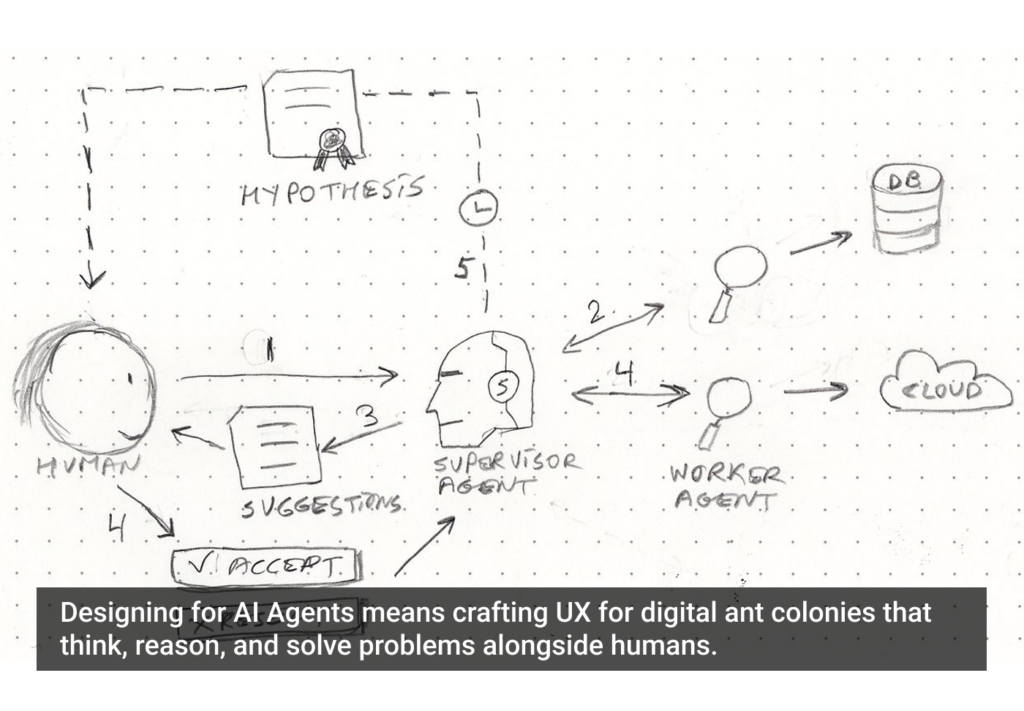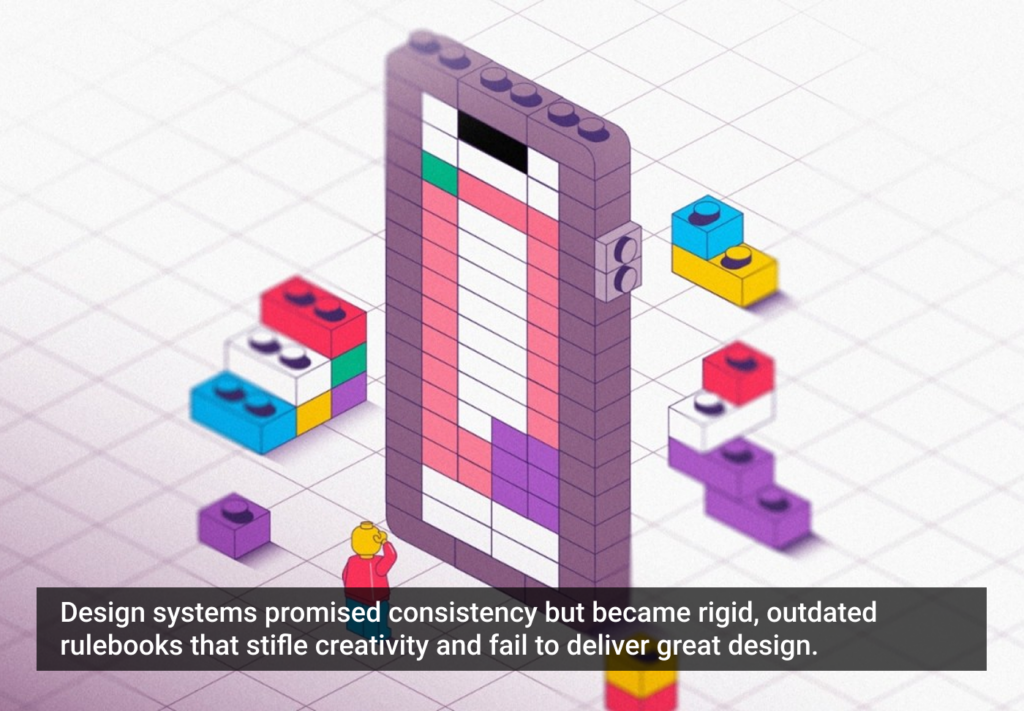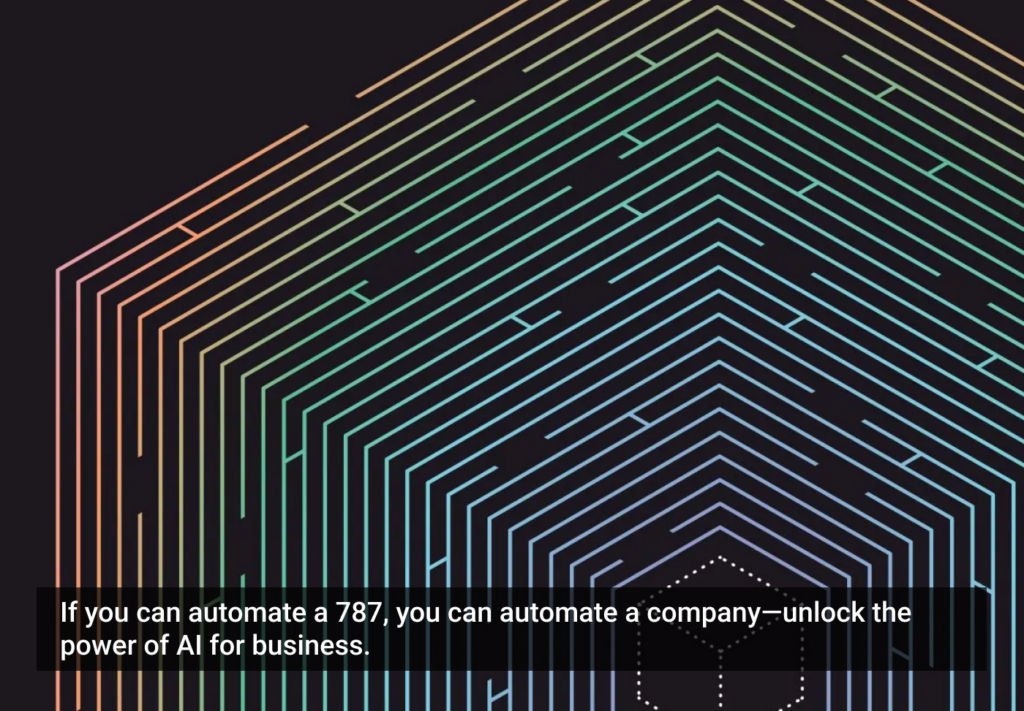As UX professionals, we dedicate our time and energy to the seemingly never-ending quest of creating the most appealing, most effective, and most accessible experiences for our users. Our thought leaders reside in industry and academia, incorporating their research and experience to identify “best practices”—basically, lists of “golden rules” that we are taught to follow when designing for our users.
The push toward “user-centered design” has brought about loads of new insights not only into how users interact with web sites or tools, but also how people interact with their environment. In an ideal world, everything would be user-centric.
Core Principles
Whitney Hess’ article “Guiding Principles for UX Designers“” offers a list of 20 concise pearls of advice that UX professionals should take to heart when designing solutions. These principles are all connected by this simple, underlying mantra: Try to set up an environment that understands the user, makes them feel listened to, puts them at ease (especially by earning their trust), and encourages them to thrive and do their best at the task at hand.
Now consider an analogy where our employees are the “users,” and the workplace is their “experience.” All too often, there are significant organizational barriers that can stifle the true potential of an effective UX team. Common complaints from UX professionals include: the feeling of not being heard or understood by other project stakeholders, a distrust of management, and a work environment that lacks the support (both technological and intellectual) needed to achieve success. Sound familiar?
This should make us wonder: what if these UX principles were applied on a larger scale? How could we use these guiding principles to identify the needs of UX professionals and help provide collaborative solutions?
First Impressions
“We don’t know where our first impressions come from or precisely what they mean, so we don’t always appreciate their fragility.”—Malcolm Gladwell, Blink: The Power of Thinking Without Thinking
In a world where competitors are a click away, first impressions really are everything when designing an experience. Hess makes several recommendations regarding first impressions in the context of user experience design. For instance, a digital experience should not only make users feel at ease, but should set forth realistic expectations of what it can and cannot offer them, with the ultimate goal of forming a loyal, long term relationship. User experiences often begin as a “conversation” with the user; as a UX designer, this figurative conversation is a one-shot opportunity to set the tone of the interaction.
Zappos founder Tony Hsieh applied this principle to the hiring process after recognizing that first impressions were not only important to retaining customers, but to retaining employees as well. Every newly hired employee completes a one-week training period, where they can develop a “first impression” of the work environment and culture. If the new hire decides to decline the job offer, they still receive $2,000, no questions asked. This one-week “test run” allows new hires to get a feel for the goals and expectations of the position, while granting them the autonomy to decide for themselves whether to continue with long-term employment. As a result, the $1.5 billion online apparel company enjoys a very minimal employee turnover rate (Daniel H. Pink, Drive).
Good Employee UX
As evidenced by Zappos, the on-boarding process a new employee experiences is a critical period for developing a first impression and establishing an environment of trust.
Some basic guidelines can help shape a new employee’s “user experience” of settling into a collaborative, supportive environment:
- Set forth and agree upon clear goals and expectations before the employee starts.
- From day one, ensure that new employees are equipped with the technology and supplies they need to perform their jobs.
- Pair a new employee with a more experienced one as a natural training method.
- Consider setting up social media tools to encourage open discussion before the job even starts.
- Help guide new employees through the on-boarding process, and ensure that they always have support if they need it.
As usability professionals, our number one duty is to advocate for our users, but we also need to remember to advocate for ourselves. As UX managers, we should strive to set up our own teams and professional environments in a user-centered manner, with the same level of care and thought as we would put into designing a more traditional user-centered experience. Otherwise, we are in danger of inhabiting the old proverb: “the shoemaker’s children go barefoot.”
Nature’s pulpit image courtesy of Shutterstock







